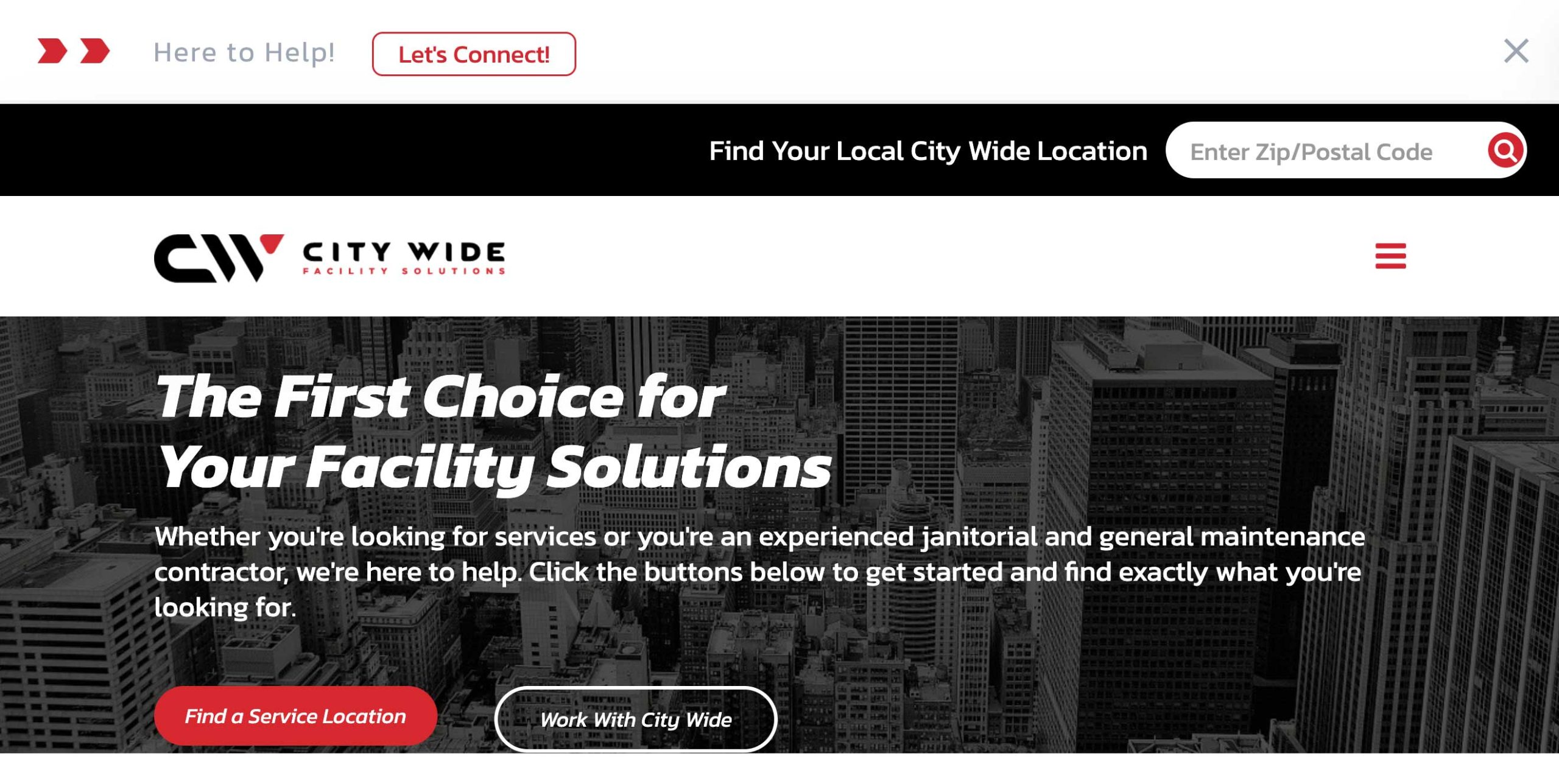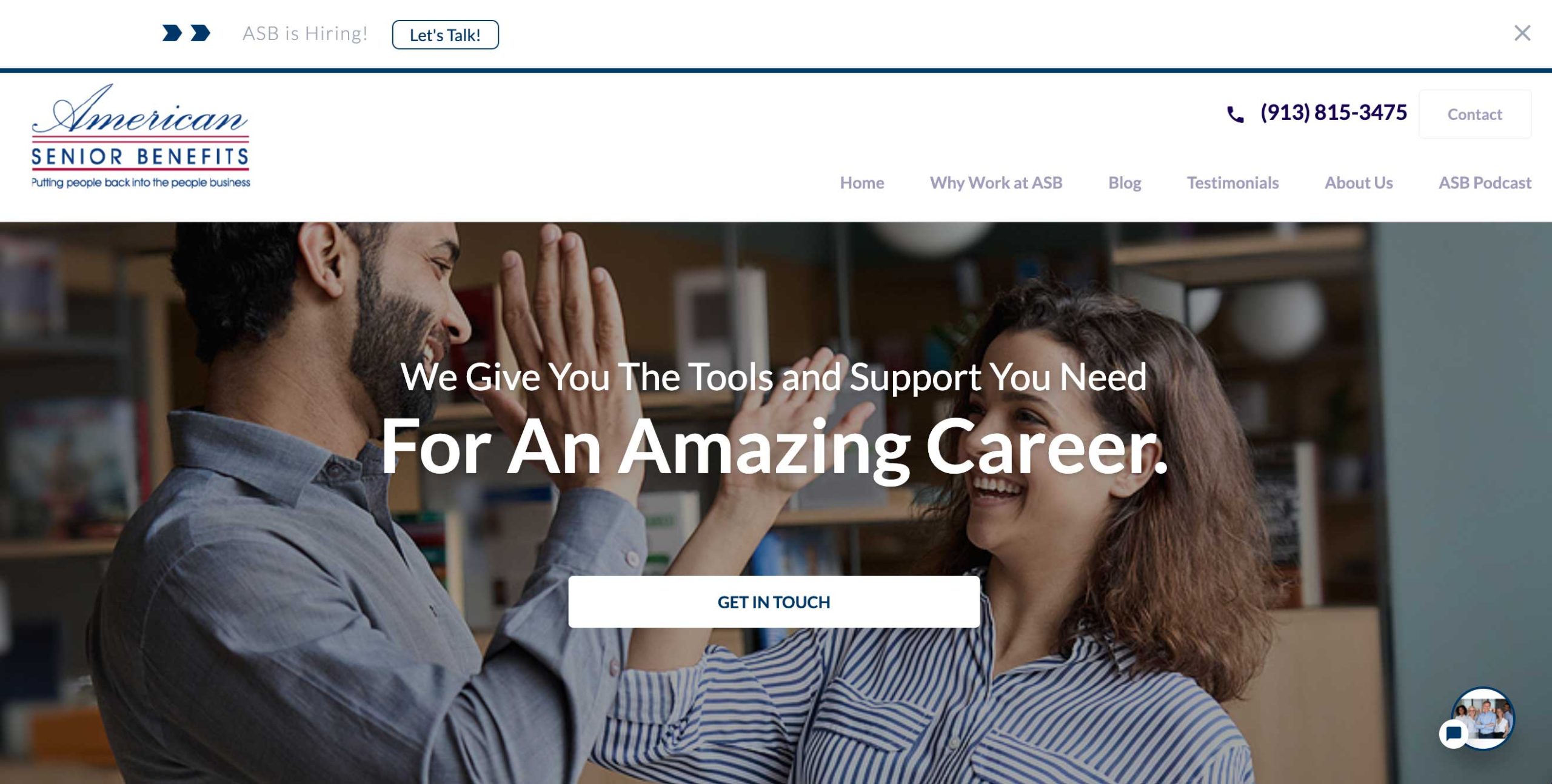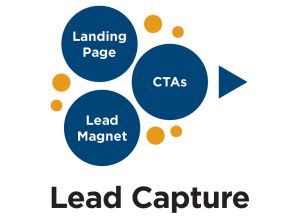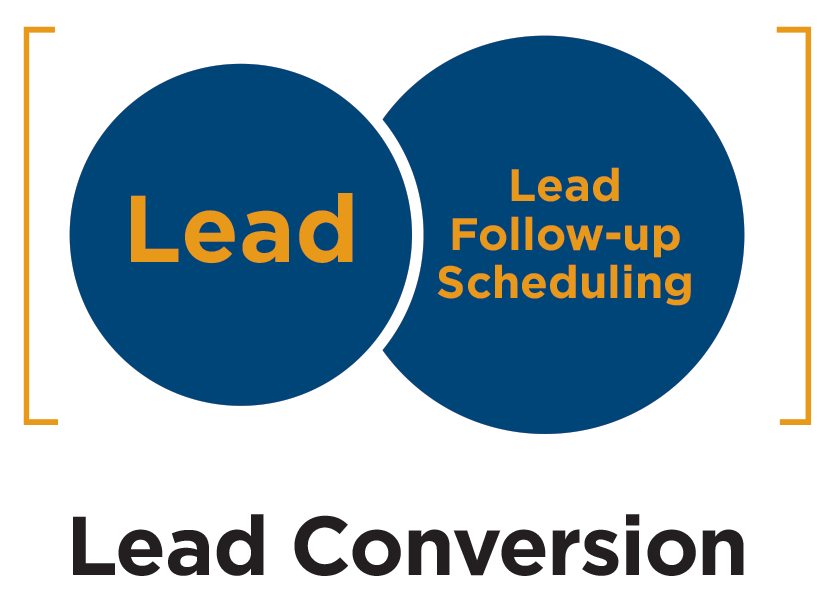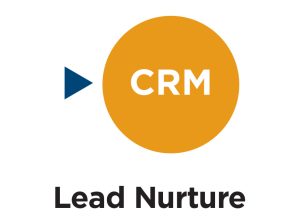An essential aspect of an insurance agent’s job is prospecting for new clients and grabbing the attention of existing ones. This is not always an easy feat. However, connecting through a monthly newsletter is an effective and straightforward way to keep your clients and prospects engaged. If you do not know where to start, do not worry. We have you covered. Here is how you can use senior insurance newsletter templates and your current newsletter tools to connect with your leads.
Choose Your Newsletter Software
If you already have Customer Relationship Management software, you can create a newsletter from there. Otherwise, there are numerous other newsletter software options for agents. Mailchimp, Constant Contact, and Campaign Monitor are some of the more well-known sites. But there is also Moosend, HubSpot, and Sendinblue. Regardless of the company, agents should be considering the following:
- Price
- Usability
- Reporting Options
- Available Templates
- Options for Segmentation
First, decide which of the above criteria is most important for you. While some software programs are more affordable, sometimes even free, others may offer more desirable reporting or segmentation options that are desirable to your agency. You should compare all options before choosing the one that is right for you.
Define Your Goals
Once you have the software squared away, you should next define the goals of your newsletter. Are you looking to provide information, educate your clients, or get feedback? Perhaps it is all of the above. Once you understand your objectives, you can craft your newsletter to meet them. It is important to note that you do not necessarily need to hit all of your goals in every newsletter you send out. You also may want to define a larger marketing strategy and determine the overall cadence and touchpoints based on the goals you set.
Create a Template
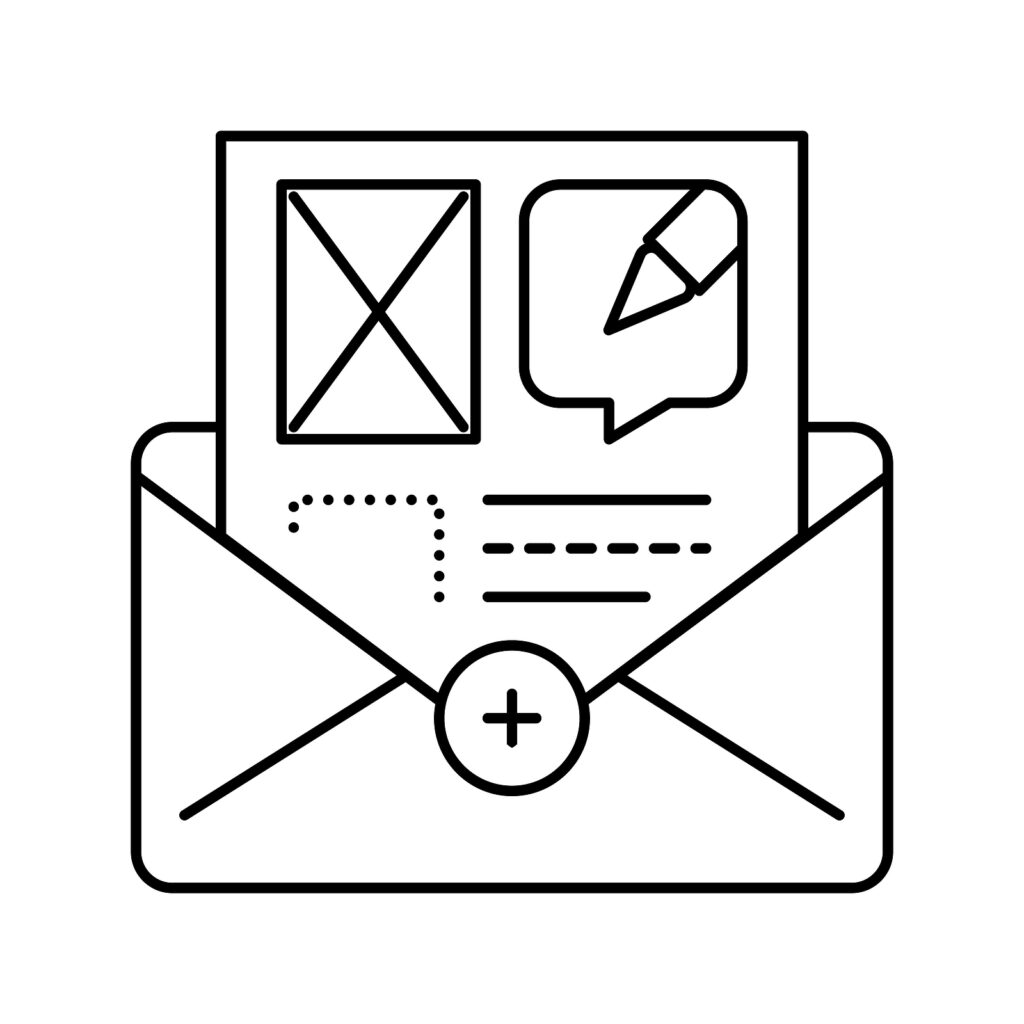
Next, you can look at creating a template for your newsletter. Depending on your comfort level, you can either use one of the pre-made templates included with the newsletter software programs or design your own. For the less technologically savvy agents, no need to worry. The pre-made templates often allow you to customize your agency’s brand colors and logos, so your newsletter looks as professional as possible. You can also choose the best layout, font, and color scheme that matches the tone of your letter. Some sites also tailor templates specifically for insurance agents, which may give you some ideas if you are struggling with where to start.
Determine the Schedule
Once you have decided on the content and created the template, you must determine the schedule for sending it out. Most newsletters fall on a monthly schedule, but you may want to tailor it depending on the goal. For example, a weekly or bi-weekly touchpoint may be appropriate if you are attempting to close a sale with a prospect. In contrast, an existing client may only require a monthly cadence. While you want to stay on top of your client’s minds, you do not want to overwhelm them with too much content that it feels like spam.

Deliver and Assess
Finally, you are ready to deliver the newsletter after you have created the content and determined the schedule. However, that is not where the process ends. Once you have sent the newsletter, you will want to assess the analytics. There are generally three significant data points you should be assessing:
- Open Rates – This specifies the number of clients who open the email.
- Click Through Rate (CTR) – This specifies the number of clients that click any links within the newsletter.
- Unsubscribes – This is the number of clients that unsubscribe or opt out of receiving your newsletter.
These three pieces of data are the best way to determine the success of your newsletter. But it is essential to iterate. The more you experiment, the more you will determine what works in getting your clients to engage with you and your agency.


